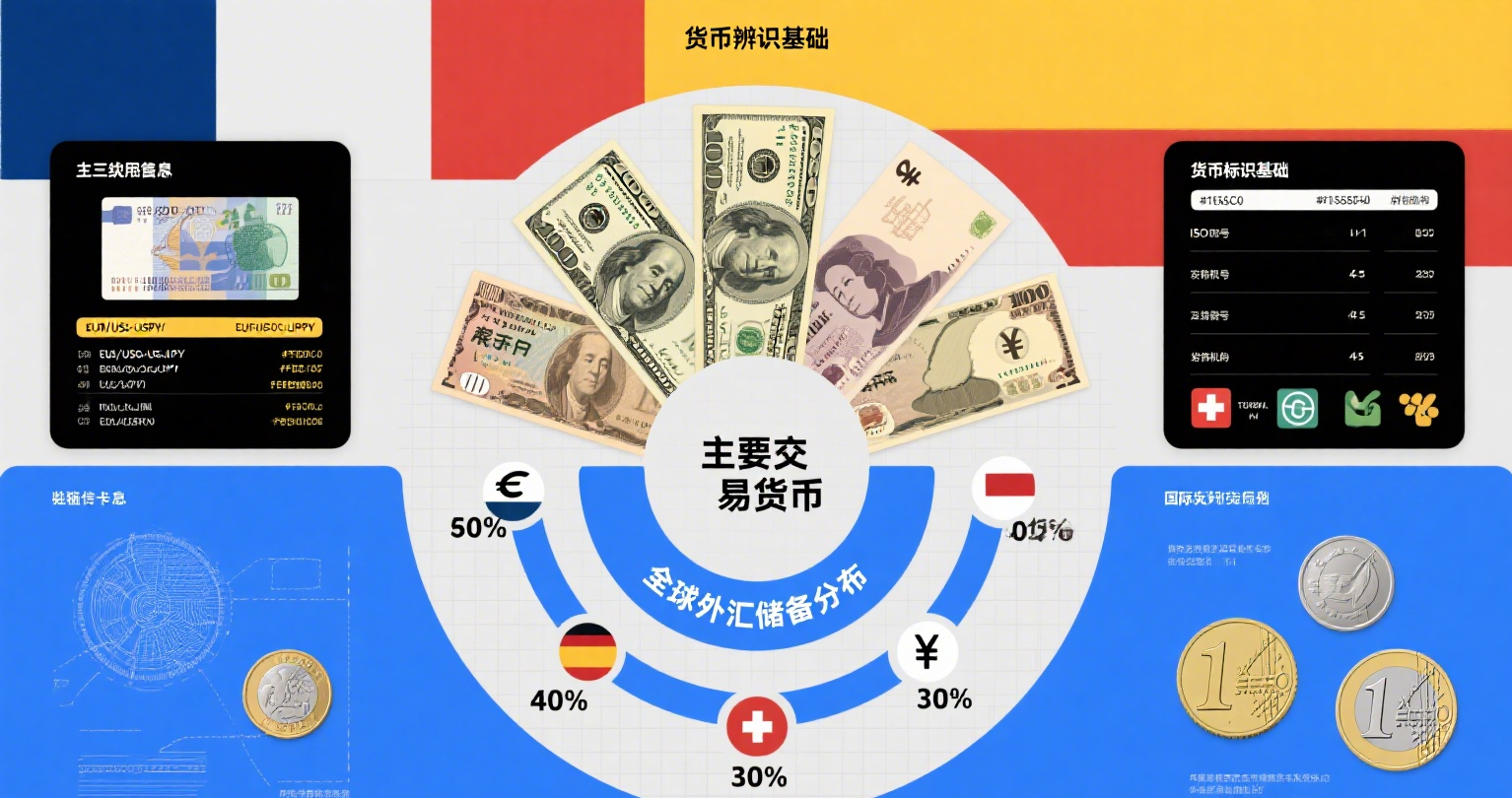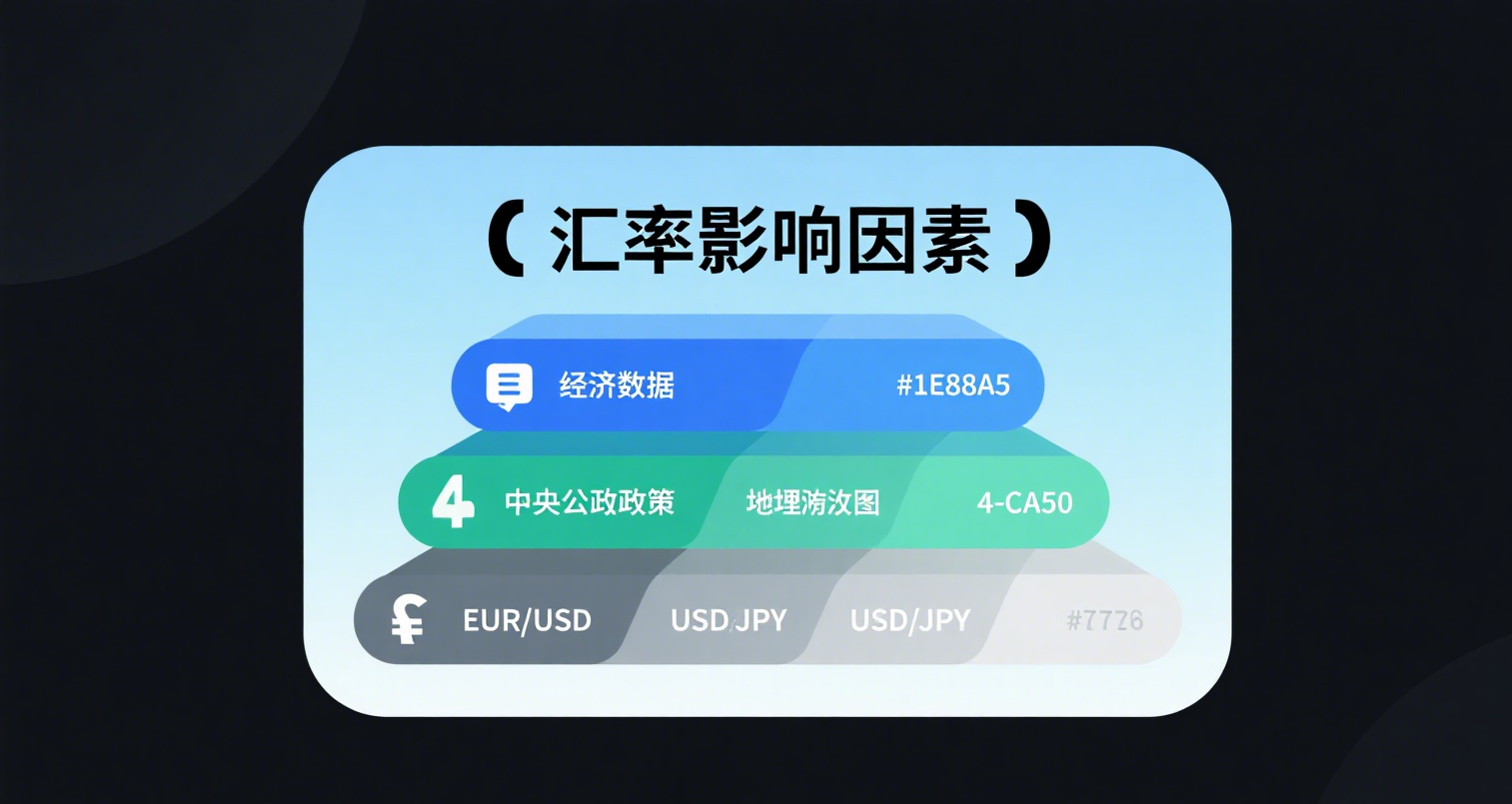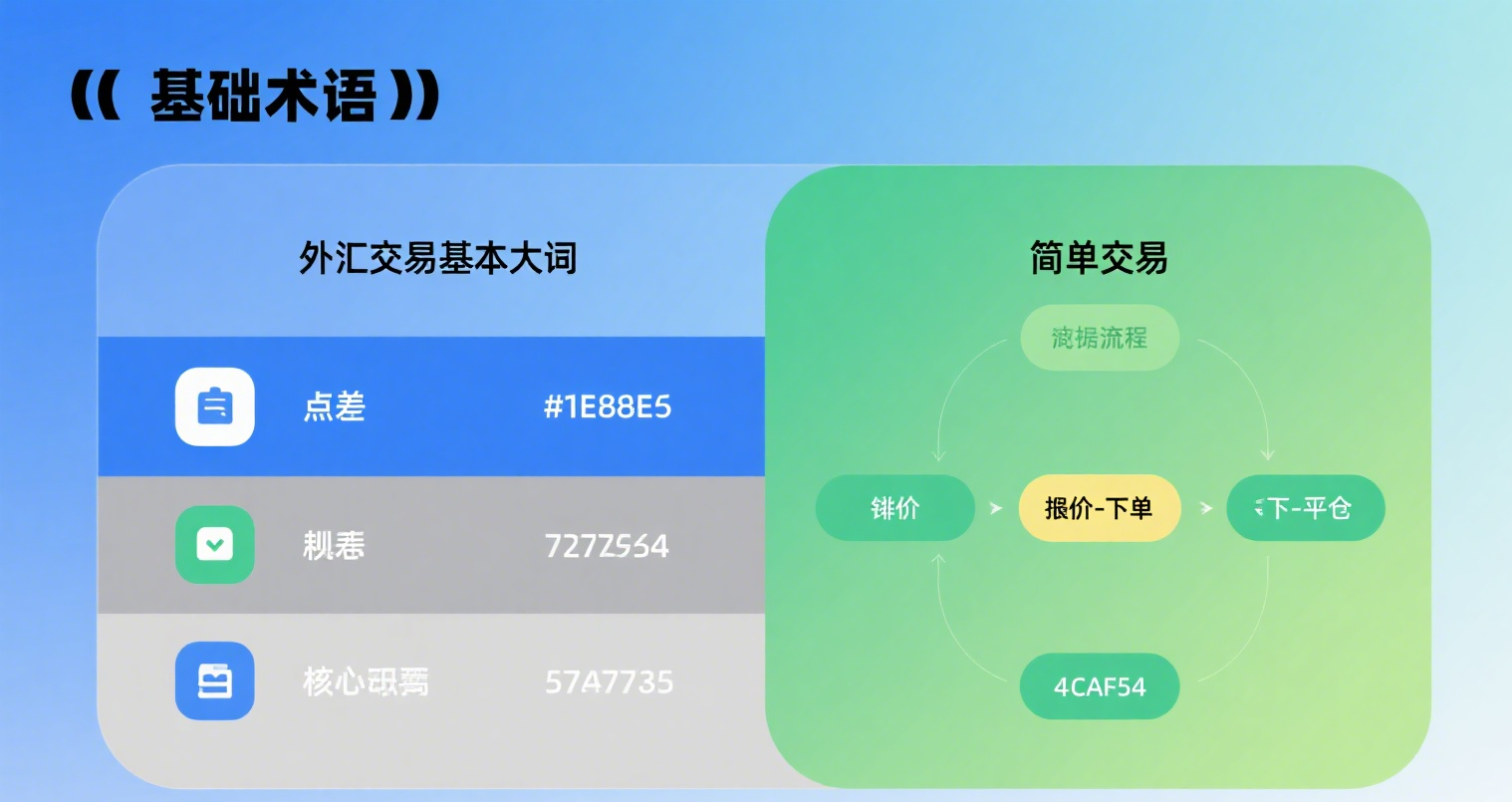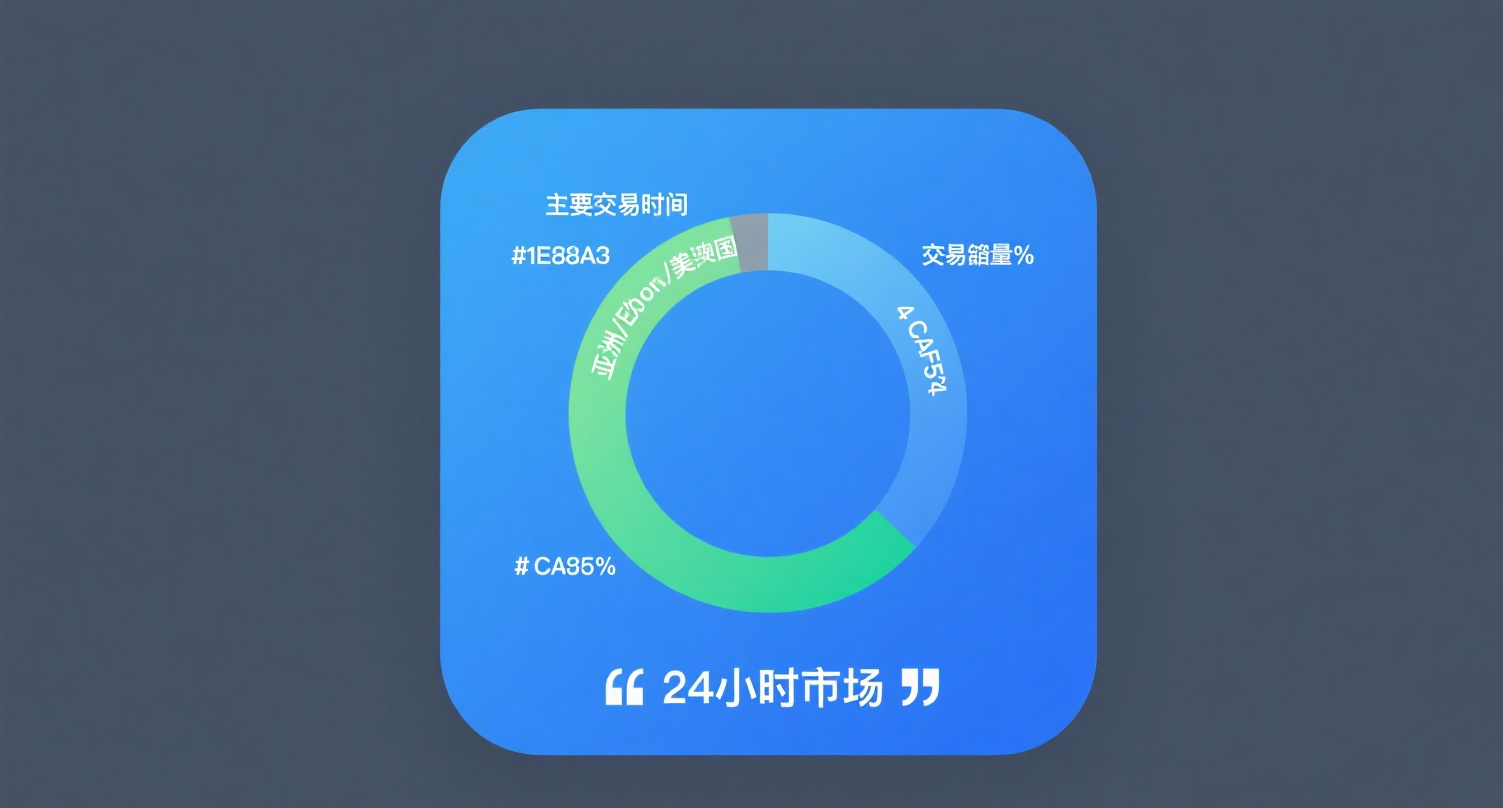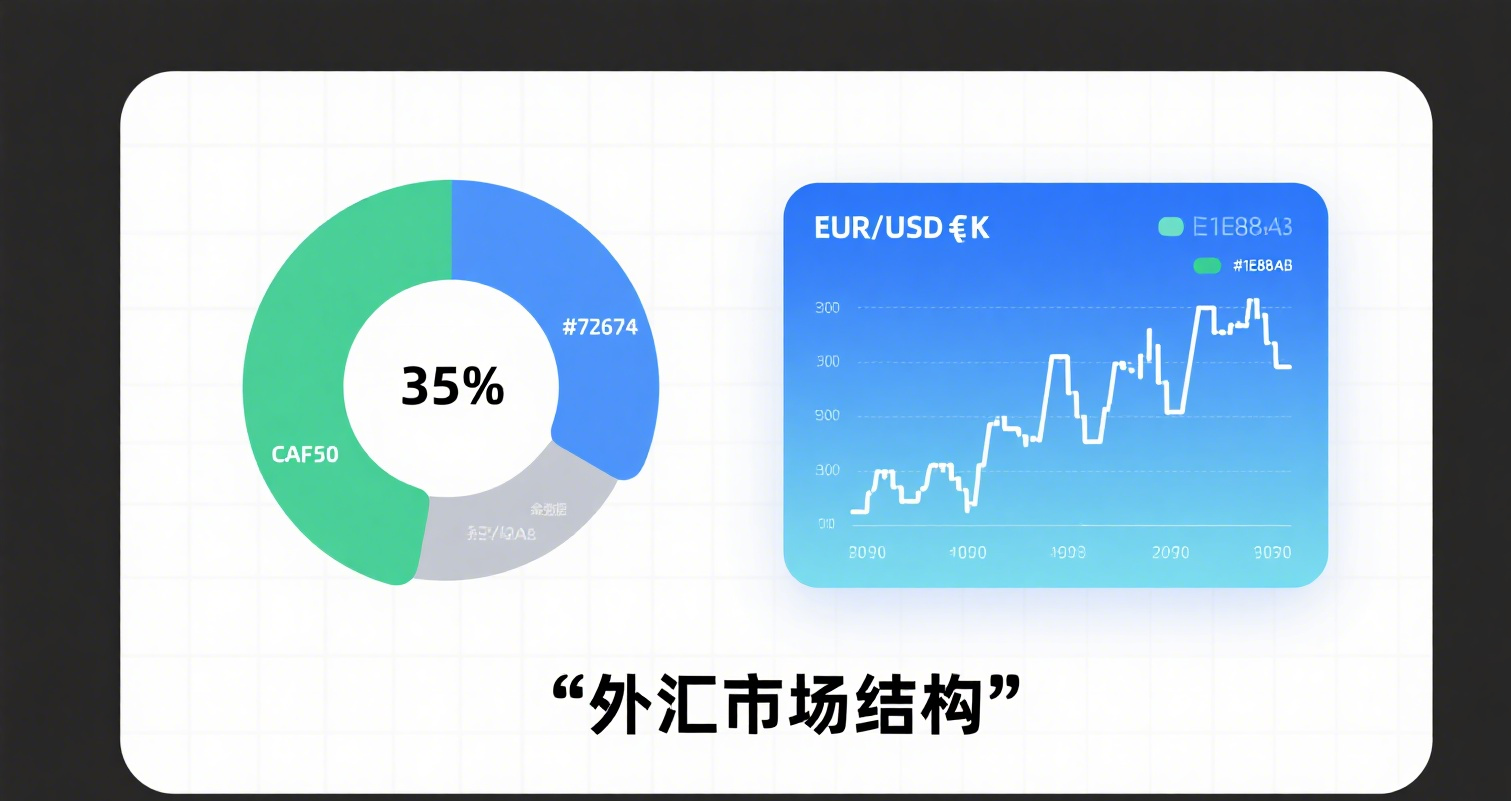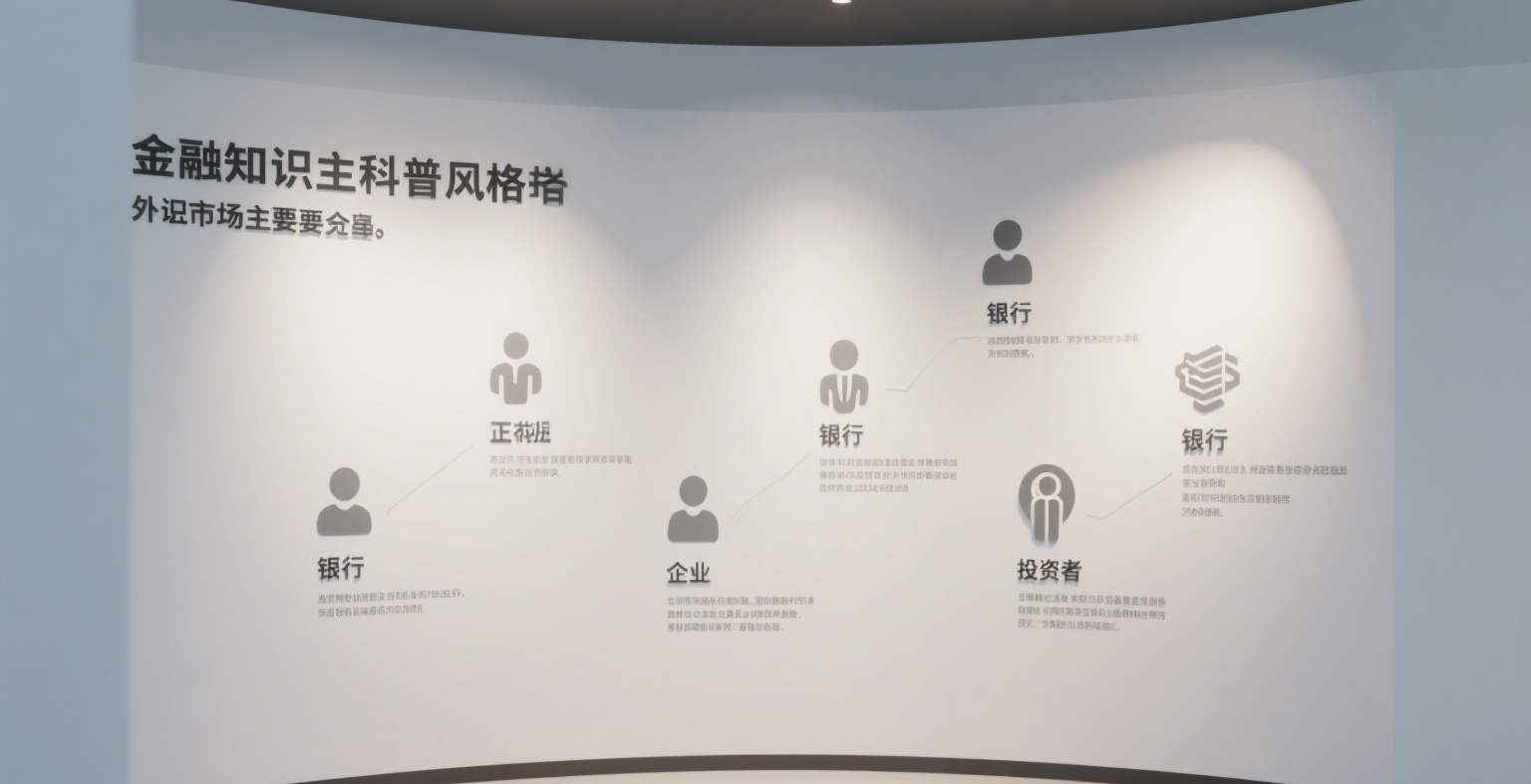
What Is the Turtle Trading System? Key Rules and Procedures
The Turtle Trading System is a classic trend-following strategy developed in the 1980s by renowned commodity traders Richard Dennis and William Eckhardt. It operates on strict rules designed to capture long-term market trends.
Core Philosophy
The system thrives on "riding trends"—entering when a trend emerges and exiting when it reverses. Technical tools (e.g., moving averages, Bollinger Bands, RSI) identify entry points.
Its success hinges on rigorous risk management and disciplined execution, demanding traders adhere to rules without emotional interference. While widely used in stocks, futures, and forex, adaptability to individual styles and market conditions is crucial.
Founder: Richard Dennis
From $400 to $200 million—a legendary trader’s journey
Turtle Trading Rules
-
Entry
-
20-Day Breakout:
-
Long: Buy when price exceeds 20-day high.
-
Short: Sell when price falls below 20-day low.
-
-
-
Position Sizing
-
Risk per trade capped at 2% of account equity, adjusted for volatility.
-
-
Stop Loss
-
Set at "2N" (N = 20-day Average True Range).
-
-
Exit
-
10-Day Breakout:
-
Close long: Price < 10-day low.
-
Cover short: Price > 10-day high.
-
-
-
Signal Filter
-
Use RSI > 70 to confirm long entries.
-
-
Discipline
-
Unwavering rule adherence, avoiding overtrading or emotional decisions.
-
Key Takeaway
A systematic approach to trend capture, prioritizing risk control and consistency. Customization may be needed for optimal performance.







